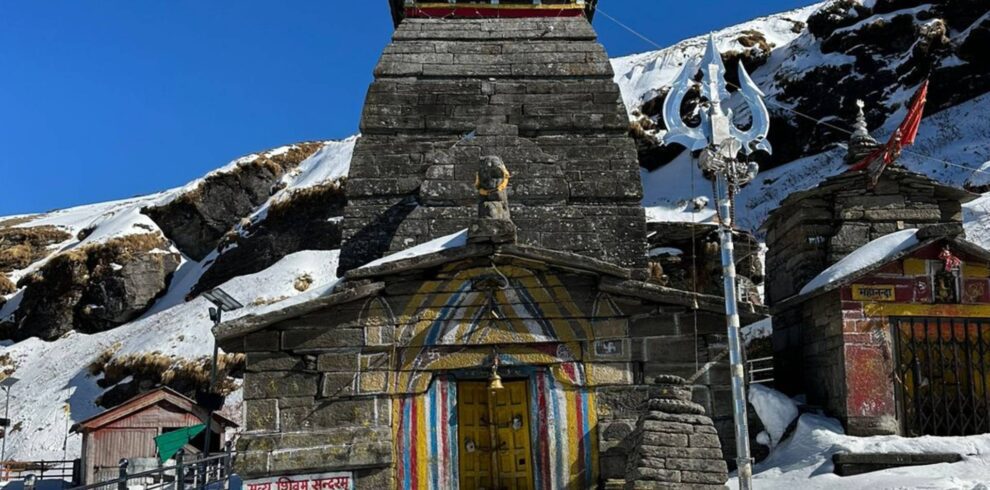VALLEY OF FLOWERS
The trek to valley of flowers passes through thick forests, glacier and waterfalls on the way, along with Pushpawati River. Until 1931, the presence of this awe-inspiring valley was unknown to the world. Three British mountaineers Frank S. Smythe, Eric Shipton, and R.L. Holdsworth while returning from an outstanding expedition of Mt. Kamet stumbled upon this fascinating valley full with blooming flowers. Captivated by the astonishing beauty of this place, they named it as the ‘Valley of Flowers’ . Later on, Frank S. Smythe also wrote a book about this valley with the same title.
The Sikhs started to search for Hemkunt sahib, the “Tap Asthan” (the place of meditation) of their tenth Guru, in the late nineteenth century. The first Sikh to trace the geographical location of Hemkund was Pandit Tara Singh Narotam in 1884. The Gurudwara is situated at an altitude of 15,200 ft above sea level and is considered to be one of the highest Pilgrimage in the world.
Cost Includes
- Transport support from Rishkesh to Rishikesh
- All vegetarian meals starting from dinner on day 1 to breakfast on the last day
- Hotel accommodation throughout the trek on a Quad sharing basis
- Professional guide, cook and support staff
- Forest entry charges for Indian nationals
- All Tolls and tax
Cost Excludes
- Personal expenses like tips, personal medicines, phone calls etc.
- Any transport support during the trek apart from what is included above
- Any cost or services not mentioned in the Inclusions
- Accommodation in Rishikesh
- Cost arising due to unforeseen incidents like bad weather, medical evacuation, road blocks etc
- Porter/mule charges to carry personal luggage can be arranged at an additional cost
Itinerary
Govindghat is the base for the trek of Valley Of Flowers and Hemkund Sahib. Rishikesh is well connected with Delhi and rest of India via flights, trains, buses, and taxis. The journey from Rishikesh to this beautiful valley of flowers starts with great eagerness and zeal. It will be a 12 hours journey by road via Rishikesh and Devprayag –where the river Bhagirathi and Alaknanda confluence to form the mighty River Ganga, to Govindghat through Joshimath. Take overnight stay in Govindghat with hot and delicious dinner along with the trek briefing For the next day.
Woolen clothes like sweaters, thermals, pairs of gloves, caps, mufflers, socks:
Heavy and complete three to five clothing layers are minimal during winters as the weather might get unpredictable. Light woolen is enough for summer trips.
Windproof jacket
Hiking shoes, Snow boots, sandals or slippers
Walking stick or a trekking pole
Accessories like sunglasses with UV protection, sunscreen lotions, lip balm, headlamp, torch with extra batteries.
Toiletries: Sanitizer, tissues, liquid soaps, paste and toothbrush
Medicines: Diamox for altitude sickness, essential medicines for headache, stomach upset, and regular medication if you are taking any, band-aids, volini spray, and anything else.
Phone chargers or power bank
Raincoat, extra shirts/t-shirts, and trekking pants
During Monsoons, please do not forget to carry a raincoat, an umbrella, and an extra pair of clothes.
Identity card and photocopies.
Water Bottle or insulated water bottle
Woolen fleece jackets
Few poly bags to keep any wet clothes.
Energy bars, biscuits, chocolates, dry fruits to munch, and ORS or Glucose to not drain energy.
Camera with extra memory cards, batteries, chargers







